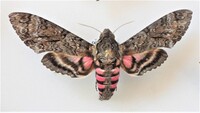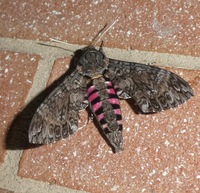
| Recorded by: Simpson Eason on 2025-10-08
Durham Co.
Comment: | 
| Recorded by: R. Newman on 2025-10-05
Carteret Co.
Comment: |
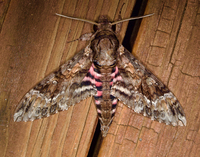
| Recorded by: Jim Petranka on 2025-09-29
Madison Co.
Comment: | 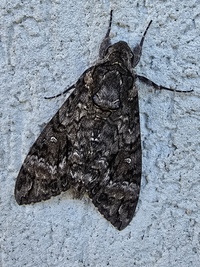
| Recorded by: Dan Helm (photo credit: Meredith Bynum) on 2025-09-18
Forsyth Co.
Comment: |

| Recorded by: Dan Helm (photo credit: Meredith Bynum) on 2025-09-18
Forsyth Co.
Comment: | 
| Recorded by: R. Newman on 2025-09-16
Carteret Co.
Comment: |
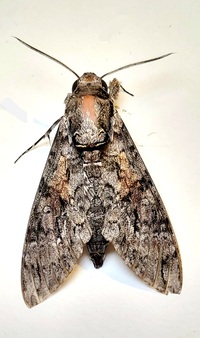
| Recorded by: Mark Basinger on 2025-09-04
Wilson Co.
Comment: | 
| Recorded by: Mark Basinger on 2025-09-04
Wilson Co.
Comment: |

| Recorded by: Mark Basinger on 2025-09-04
Wilson Co.
Comment: | 
| Recorded by: Dean Furbish on 2025-08-23
Wake Co.
Comment: |

| Recorded by: Emily Stanley on 2025-08-12
Buncombe Co.
Comment: | 
| Recorded by: K. Bischof on 2025-08-11
Yancey Co.
Comment: |

| Recorded by: Madison and Anthony Ignoffo on 2025-08-05
Moore Co.
Comment: | 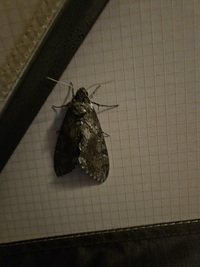
| Recorded by: Madison and Anthony Ignoffo on 2025-08-05
Moore Co.
Comment: |
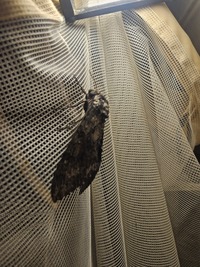
| Recorded by: Madison and Anthony Ignoffo on 2025-08-05
Moore Co.
Comment: | 
| Recorded by: Dean Furbish and Joy Wiggins on 2025-04-27
Pender Co.
Comment: |

| Recorded by: Ann Chapoton-Genna on 2024-08-14
Wake Co.
Comment: | 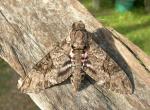
| Recorded by: R. Newman on 2023-10-29
Carteret Co.
Comment: |

| Recorded by: R. Newman on 2023-10-29
Carteret Co.
Comment: | 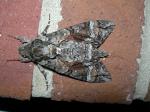
| Recorded by: R. Newman on 2023-09-22
Carteret Co.
Comment: |

| Recorded by: R. Newman on 2023-09-12
Carteret Co.
Comment: | 
| Recorded by: R. Newman on 2023-09-12
Carteret Co.
Comment: |

| Recorded by: Simpson Eason on 2023-09-09
Durham Co.
Comment: | 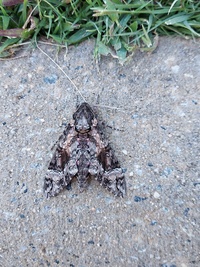
| Recorded by: Mark Basinger on 2022-10-15
Rowan Co.
Comment: |
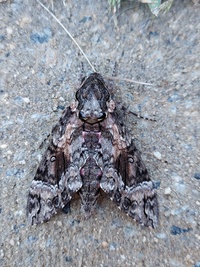
| Recorded by: Mark Basinger on 2022-10-15
Rowan Co.
Comment: | 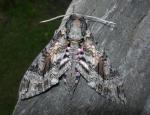
| Recorded by: R. Newman on 2022-09-28
Carteret Co.
Comment: |
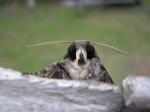
| Recorded by: R. Newman on 2022-09-28
Carteret Co.
Comment: | 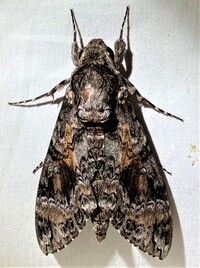
| Recorded by: Dean Furbish on 2022-09-08
Wake Co.
Comment: |
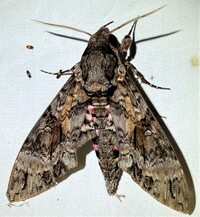
| Recorded by: Dean Furbish on 2022-09-04
Wake Co.
Comment: | 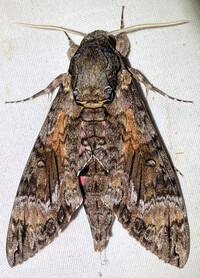
| Recorded by: Dean Furbish on 2022-09-01
Wake Co.
Comment: |
|

 »
»